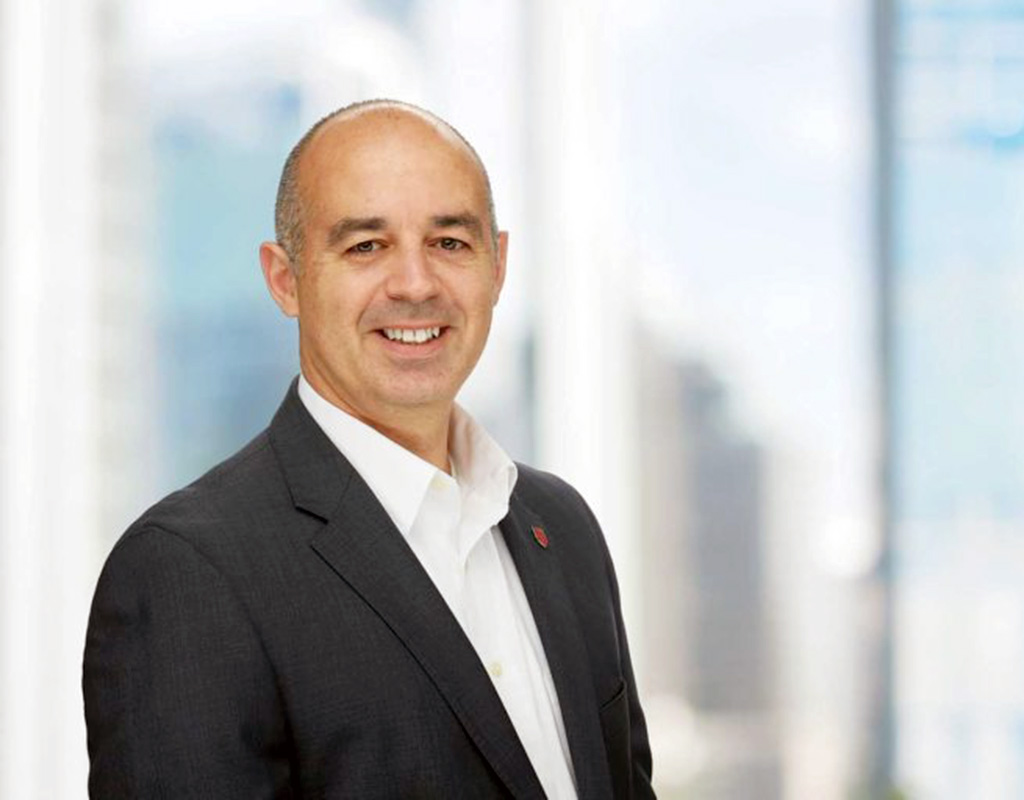
The Canadian government’s proposed tax on luxury products such as high-priced cars and aircraft threatens the growth of the country’s aerospace industry, according to the president of Bell Textron Canada.
The tax, introduced in 2021 and expected to be applied from Sept. 1, is prompting some potential customers to take a “wait and see” approach before committing, said Steeve Lavoie during a speech to the Canadian Club of Montreal on May 2.
The Trudeau government expects to collect around $750 million from the tax that applies to cars and aircraft that sell for over $100,000 and yachts costing over $250,000. While Lavoie wouldn’t specify how many orders are at risk, he still expects the company to deliver some 200 civilian helicopters this year, up 30 per cent from 2021. He noted 5,600 civilian helicopters have been built at its Mirabel plant since it opened in 1986, and said Bell has an estimated 30 percent market share globally.
Bell Textron Canada has approximately 1,300 employees in Mirabel, down from a peak of 2,000 due to layoffs in the previous decade. But since the company’s clientele is diversified, including governments, police forces, air ambulances and independent operators, it isn’t reliant on wealthy people buying its products, noted Lavoie, reducing the prospect of new layoffs.
Like other aerospace companies, Bell has seen the imposition of Canadian sanctions against Russia have an impact on orders. Asked about the issue, Lavoie said the sanctions only affected “a few orders.”
The Bell boss explained that the company’s objective was not to prepare for a possible decline in the helicopter sector, but to explore the technology of vertical takeoff, including air taxis and drones.
With overcrowding in ground transportation, the future calls for an ecological and sustainable solution. Whether gas or electric automobiles, the problem remains the same, Lavoie noted.
The necessary infrastructure to support this type of transportation continues to increase in costs, excluding maintenance costs.
Part of the solution lies in the vertical dimension of transportation where deliveries by drones can relieve highways of congestion by truck transports. Or by transporting an organ from one hospital to another quickly to save a life.
And while air taxis are not a new concept, the technology to make them a reality is now available and something Bell is working on for the “vertical highway.”
“We believe that vertical takeoff and landing [VTOL] will be the next breakthrough technology,” he said. “Morgan Stanley [financial services company] predicts the sector will be worth $9 trillion by 2040.”
The required battery technology to make electric VTOLs a reality is not there yet, but should be within the next seven to nine years, estimated Lavoie. There are also new air regulations to consider which are not yet in place.
“We also have to work on the social acceptability of the sector,” he said. “That’s probably the most important point, which means that the noise impact on urban areas has to be at a minimum, which is something we’ve been working on for a number of years at Mirabel.”

